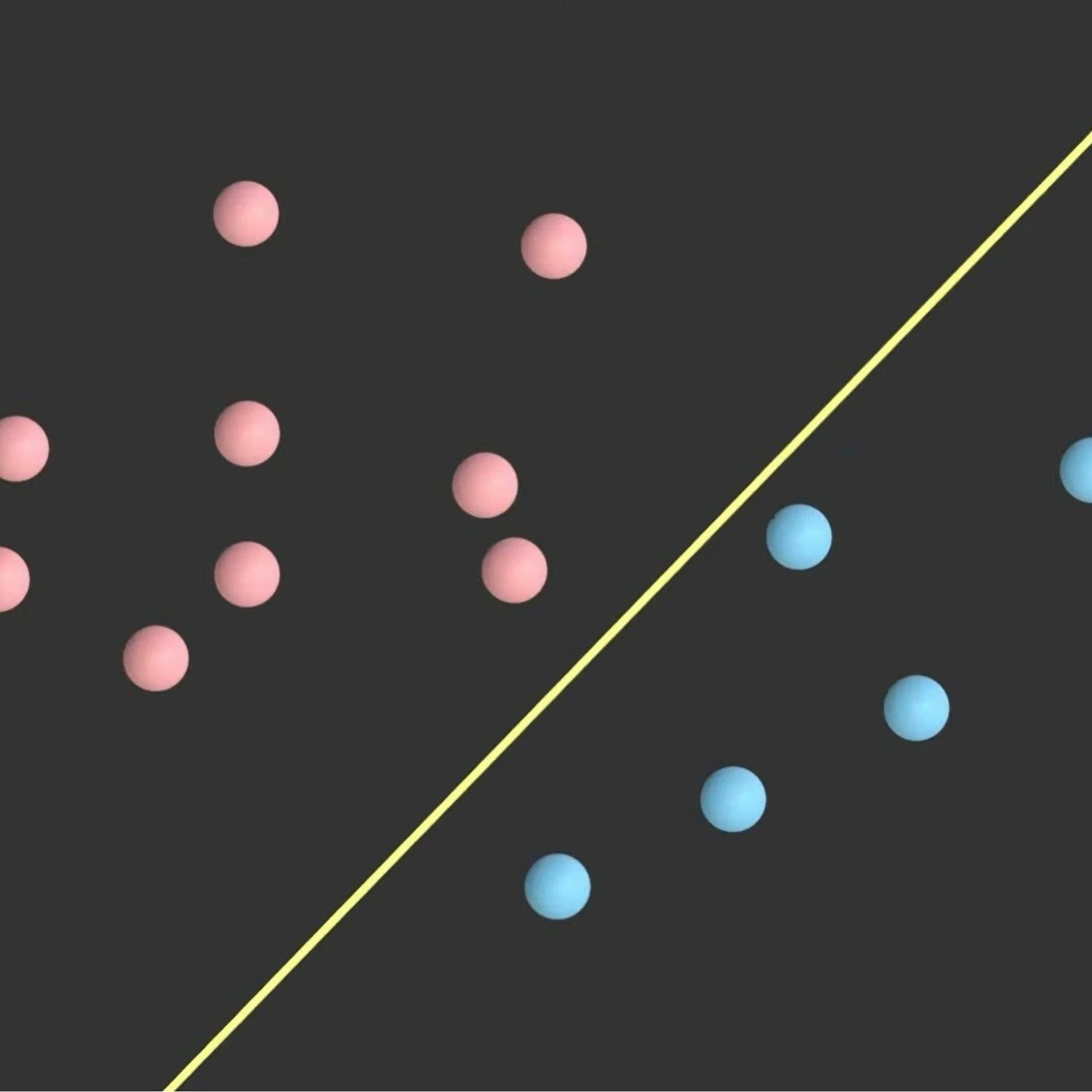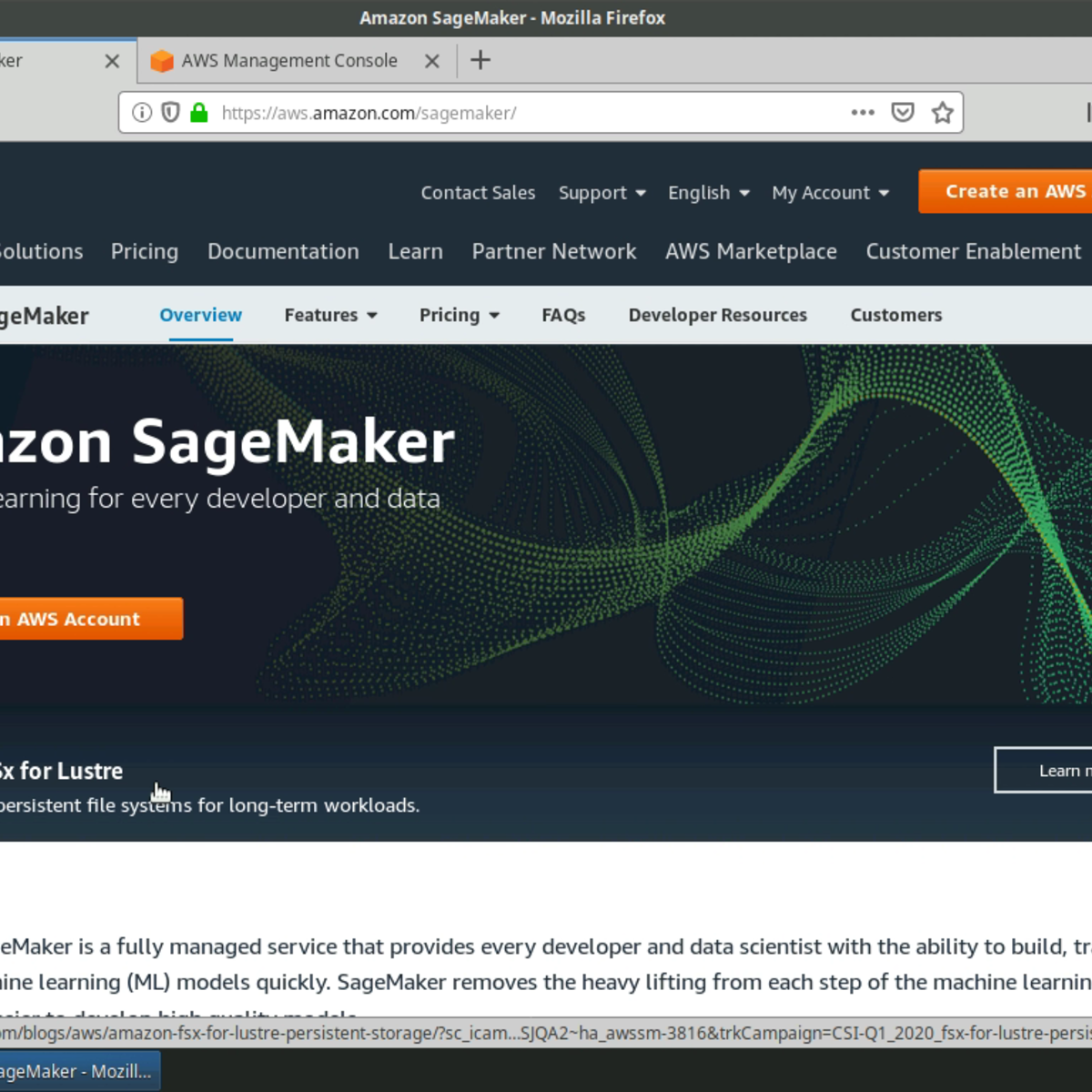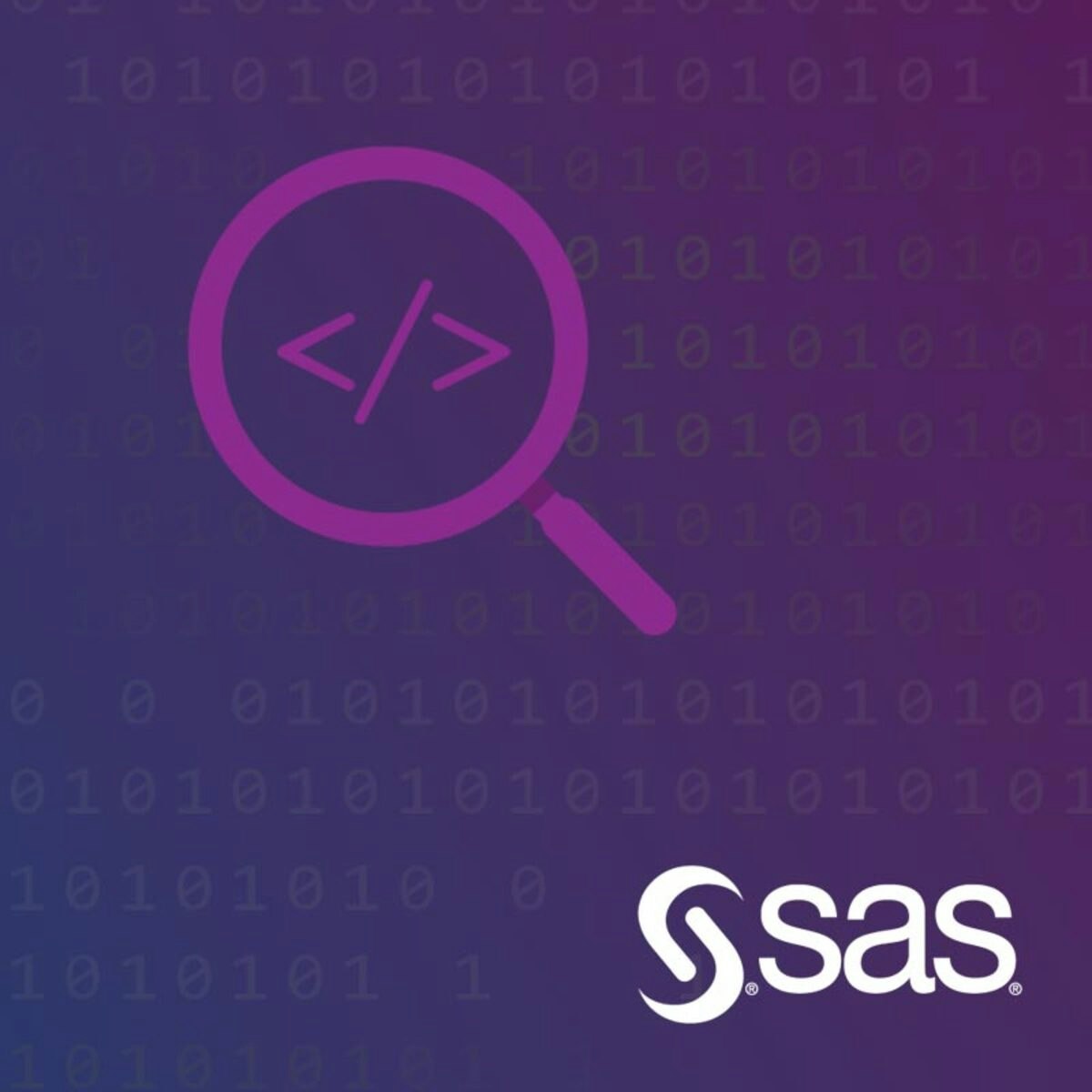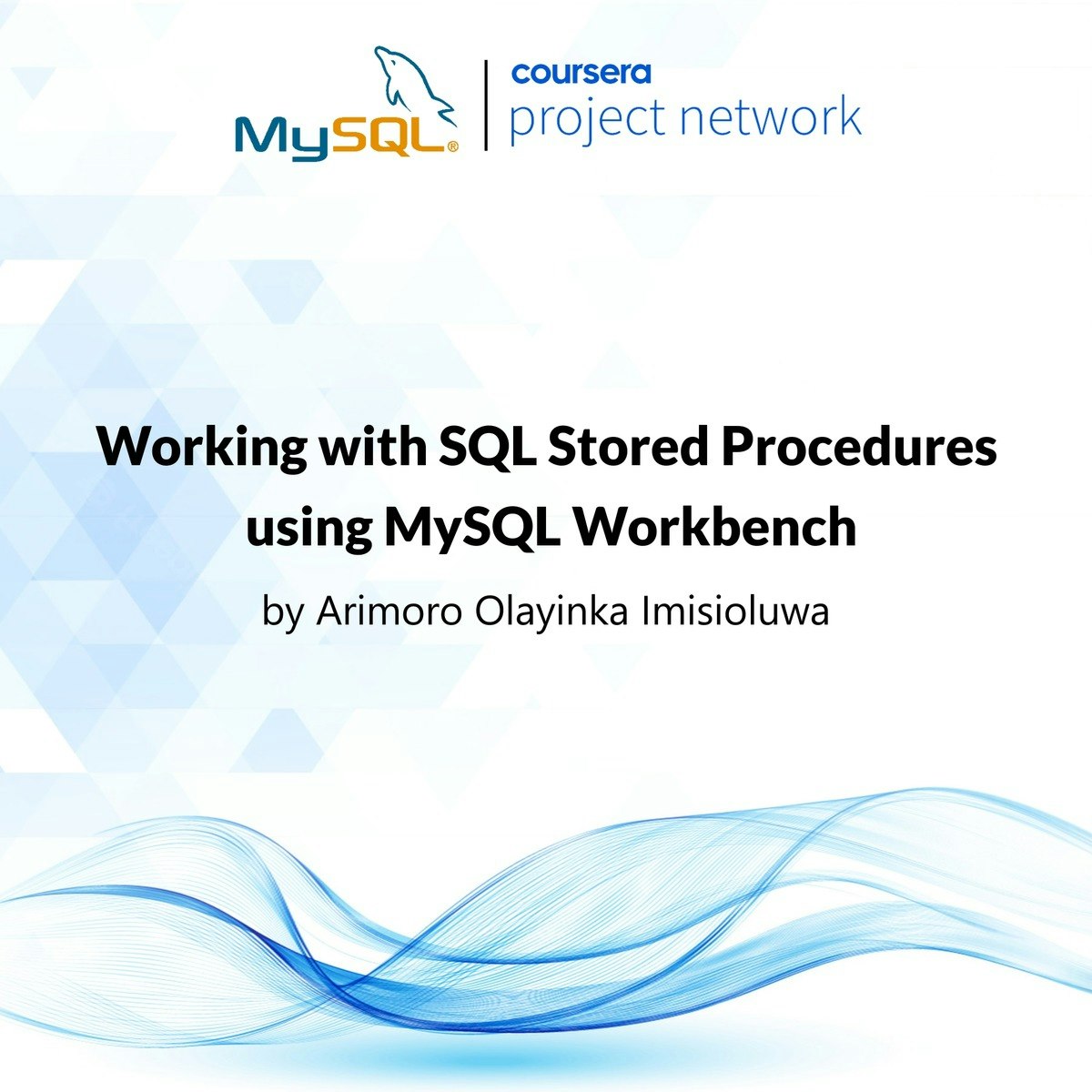Back to Courses








Data Science Courses - Page 98
Showing results 971-980 of 1407

Getting Started with Splunk Cloud GDI on Google Cloud
This is a self-paced lab that takes place in the Google Cloud console.
A step-by-step guide through the process to configure multiple methods to ingest Google Cloud data into Splunk. In this hands-on lab you'll learn how to configure Google Cloud to send logging and other infrastructure data to Splunk Cloud via Dataflow, the Splunk Add-on for Google Cloud Platform, and Splunk Connect for Kubernetes (SC4K).

Linear SVM Classification(Soft Margin) -using Scikit Learn
Linear SVM Classification(Soft Margin) -using Scikit Learn

Exploring NCAA Data with BigQuery
This is a self-paced lab that takes place in the Google Cloud console.
Use BigQuery to explore the NCAA dataset of basketball games, teams, and players. The data covers plays from 2009 and scores from 1996. Watch <A HREF="https://youtu.be/xDZjcfMm-t8">How the NCAA is using Google Cloud to tap into decades of sports data</A>.

Diabetes Disease Detection with XG-Boost and Neural Networks
In this project-based course, we will build, train and test a machine learning model to detect diabetes with XG-boost and Artificial Neural Networks. The objective of this project is to predict whether a patient has diabetes or not based on their given features and diagnostic measurements such as number of pregnancies, insulin levels, Body mass index, age and blood pressure.

Machine Learning With Big Data
Want to make sense of the volumes of data you have collected? Need to incorporate data-driven decisions into your process? This course provides an overview of machine learning techniques to explore, analyze, and leverage data. You will be introduced to tools and algorithms you can use to create machine learning models that learn from data, and to scale those models up to big data problems.
At the end of the course, you will be able to:
• Design an approach to leverage data using the steps in the machine learning process.
• Apply machine learning techniques to explore and prepare data for modeling.
• Identify the type of machine learning problem in order to apply the appropriate set of techniques.
• Construct models that learn from data using widely available open source tools.
• Analyze big data problems using scalable machine learning algorithms on Spark.
Software Requirements:
Cloudera VM, KNIME, Spark

Semantic Segmentation with Amazon Sagemaker
Please note: You will need an AWS account to complete this course. Your AWS account will be charged as per your usage. Please make sure that you are able to access Sagemaker within your AWS account. If your AWS account is new, you may need to ask AWS support for access to certain resources. You should be familiar with python programming, and AWS before starting this hands on project. We use a Sagemaker P type instance in this project, and if you don't have access to this instance type, please contact AWS support and request access.
In this 2-hour long project-based course, you will learn how to train and deploy a Semantic Segmentation model using Amazon Sagemaker. Sagemaker provides a number of machine learning algorithms ready to be used for solving a number of tasks. We will use the semantic segmentation algorithm from Sagemaker to create, train and deploy a model that will be able to segment images of dogs and cats from the popular IIIT-Oxford Pets Dataset into 3 unique pixel values. That is, each pixel of an input image would be classified as either foreground (pet), background (not a pet), or unclassified (transition between foreground and background).
Since this is a practical, project-based course, we will not dive in the theory behind deep learning based semantic segmentation, but will focus purely on training and deploying a model with Sagemaker. You will also need to have some experience with Amazon Web Services (AWS).
SAS Macro Language
In this course, you learn advanced techniques within the DATA step and procedures to manipulate data.
Course Learning Objectives: (3+ per course)
“By the end of this course, a learner will be able to…”
● Perform text substitution in SAS code.
● Use macro variables and macro functions.
● Automate and customize the production of SAS code.
● Conditionally or iteratively construct SAS code.
● Write self-modifying, data-driven programs.

Meta Marketing Science Certification Exam
This course helps you prepare for the Meta Marketing Science Certification exam. You’ll be guided through scheduling and taking the exam through Meta Blueprint. You’ll get access to the study guide and other resources to help you prepare to take the exam.
This course is only accessible to learners who have successfully completed course 1 (Marketing Analytics Foundation), course 2 (Introduction to Data Analytics), course 3 (Statistics for Marketing), course 4 (Data Analytics for Marketing) and course 5 (Marketing Analytics with Facebook) in this program.

Working with SQL Stored Procedures using MySQL Workbench
Have you thought about creating a query that can be called several times to perform a routine task? Stored procedures offer this with a great advantage of efficiency. This project-based course, "Working with SQL Stored Procedures using MySQL Workbench" is intended for intermediate SQL users with some related experiences with SQL and who are willing to advance their knowledge and skills.
In this 2-hour project-based course, you will learn how to create stored procedures for different tasks including stored procedures with one input parameter, multiple input parameters, and an output parameter(s). This course is structured in a systematic way and very practical, where you get an option to practice as you progress.
This project-based course is an intermediate-level course in SQL. Therefore, to get the most out of this project, it is essential to understand using SQL. Specifically, you should be able to write SQL JOIN statements and work with aggregate functions. If you are not familiar with these concepts, it will be helpful to complete my previous project titled "Performing Data Aggregation using SQL Aggregate Functions" and “Mastering SQL Joins.”
However, if you are comfortable with these SQL concepts, please join me on this wonderful ride! Let’s get our hands dirty!
Popular Internships and Jobs by Categories
Find Jobs & Internships
Browse
© 2024 BoostGrad | All rights reserved
